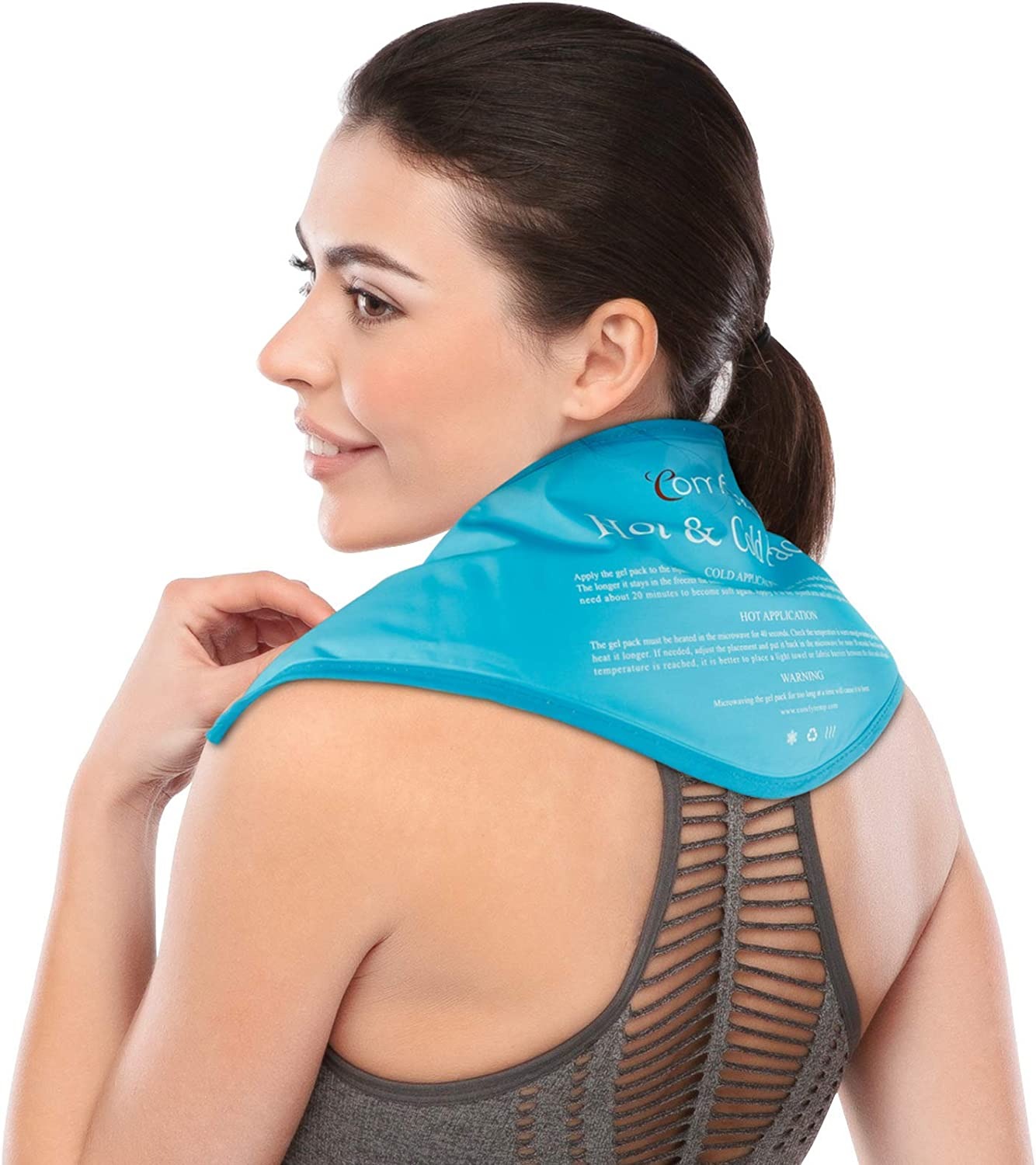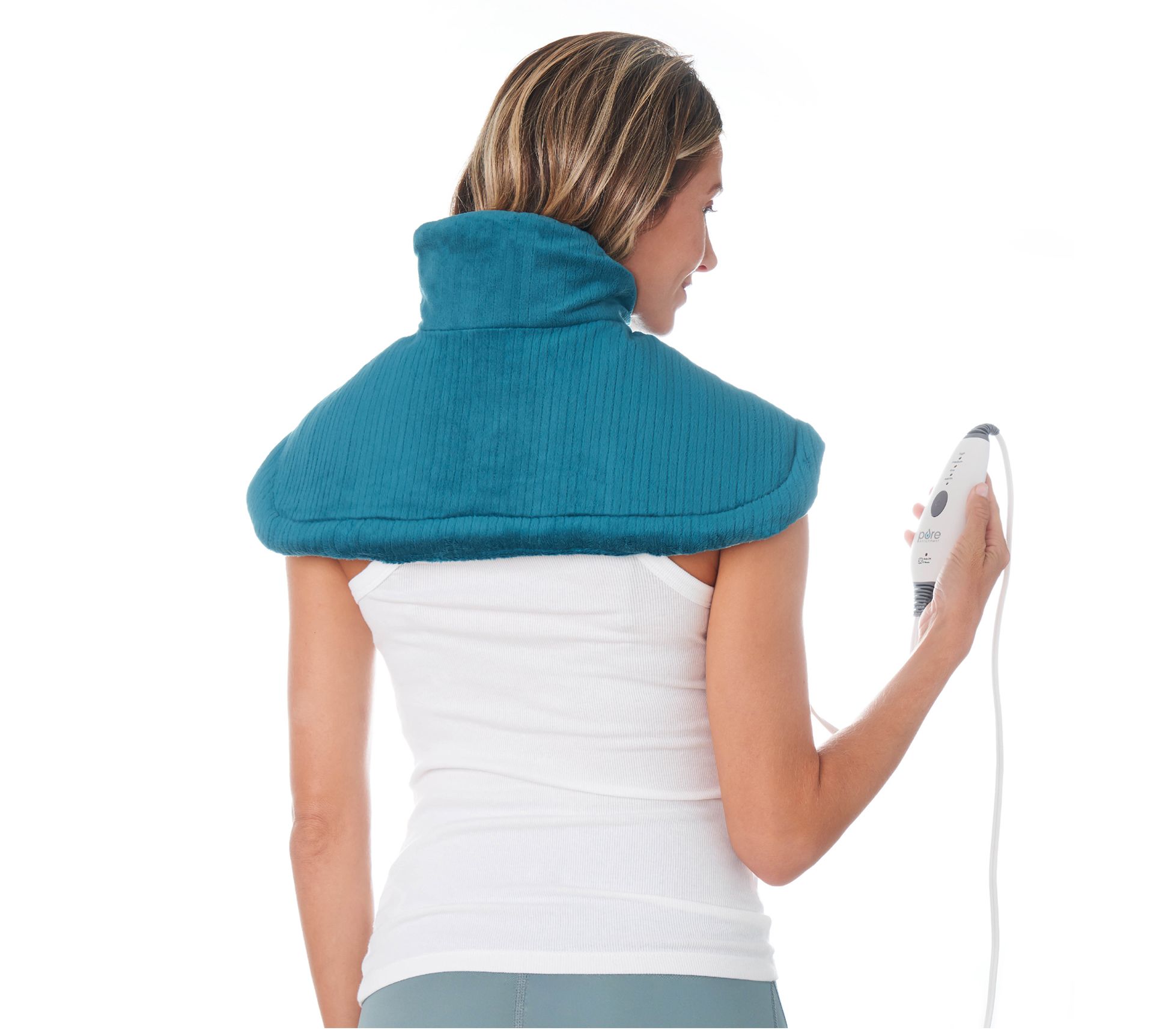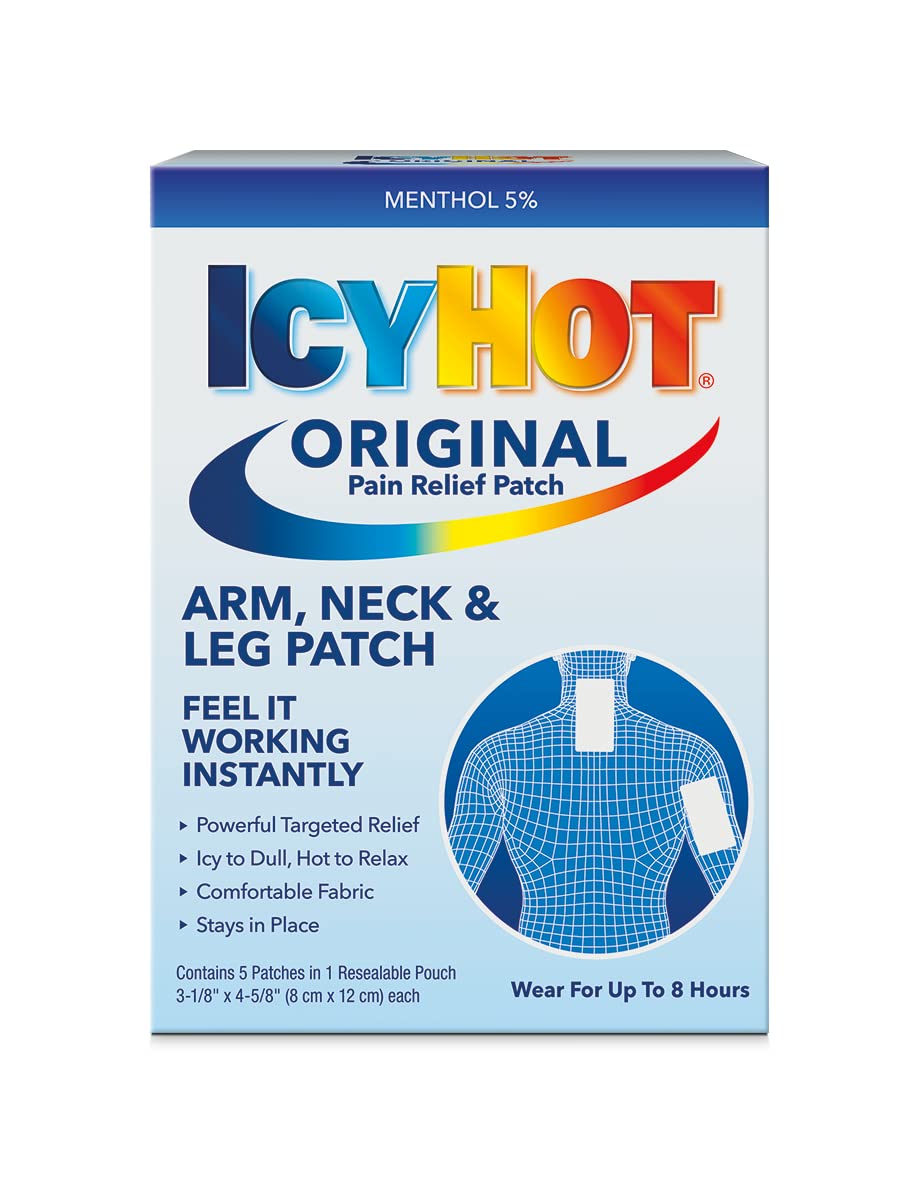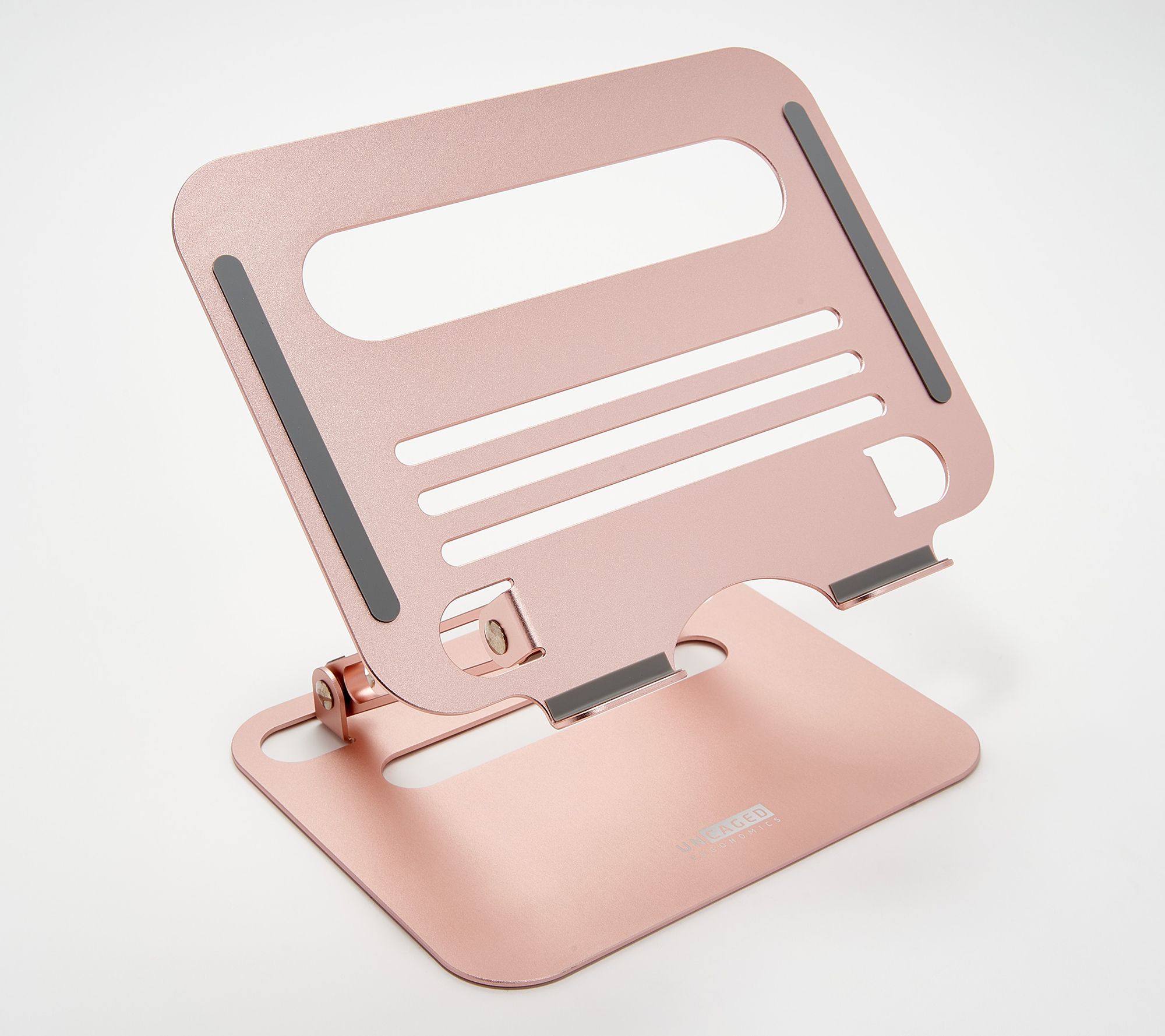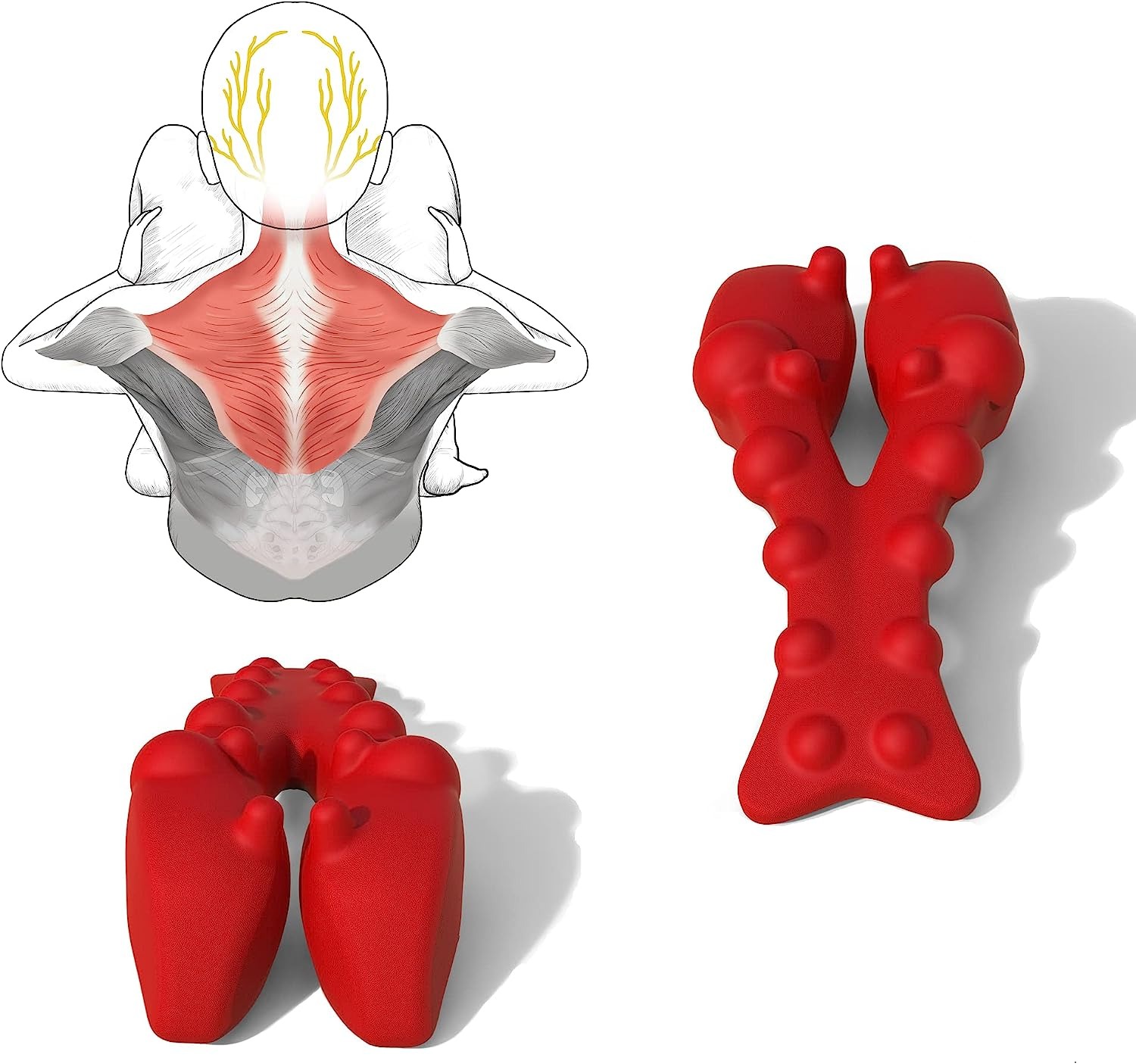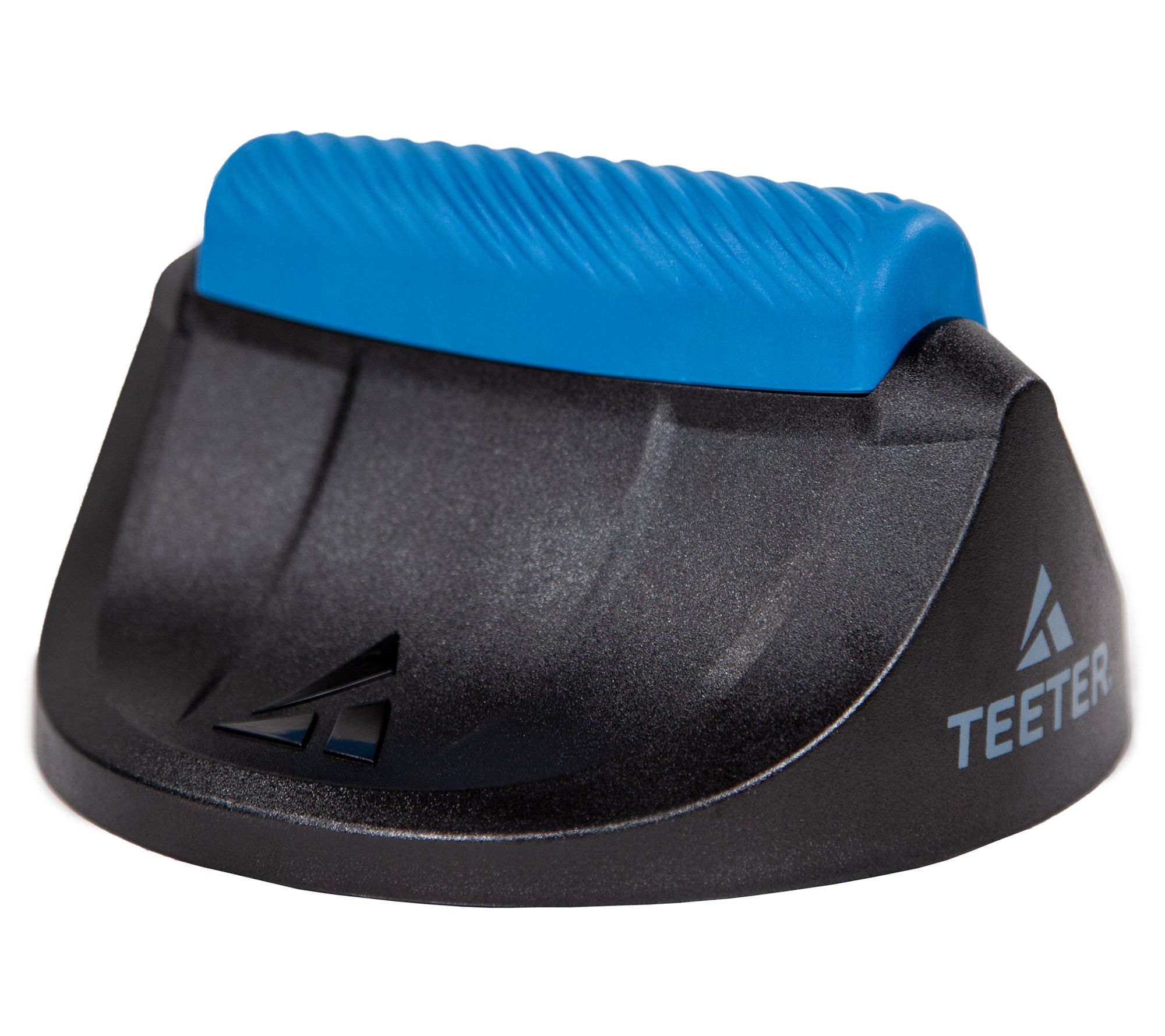"Trap Botox" Is Everywhere, so a Plastic Surgeon Spells Out Its Pros and Cons
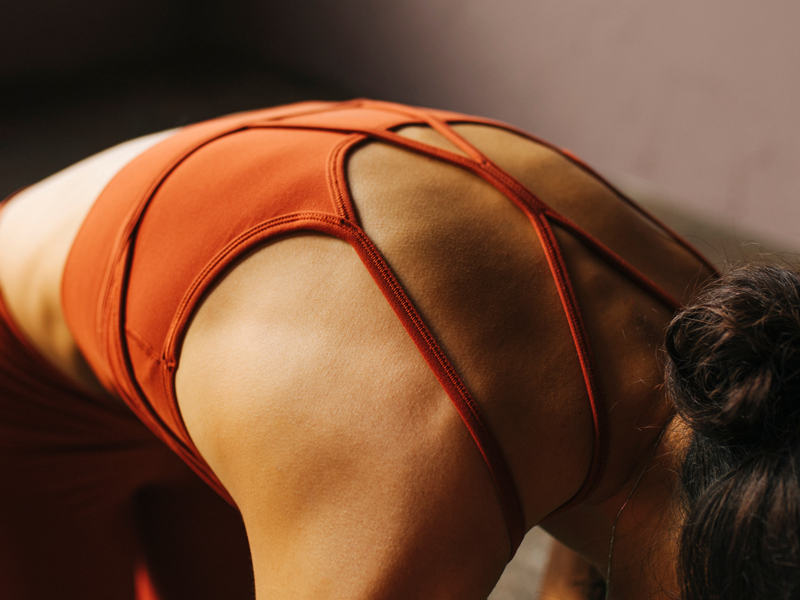
I first heard of trap Botox while I was mindlessly scrolling my For You page on TikTok. In a video, I watched someone get Botox injected into her trapezius muscles, hoping to slim out her shoulders before her wedding and ease shoulder and upper back pain. I'd seen Botox injected into some unusual places before (think scalp, feet, and even underarms), but this was the first time I'd seen it injected into anyone's shoulders.
Fast-forward to now, and suddenly, trap Botox is everywhere. As it turns out, that video was the first of many TikToks I'd see on the subject. Trap Botox has quickly become a hot topic in the beauty world. As someone who's dealt with chronic shoulder pain most of my adult life, I've even caught myself daydreaming about the injections. Could they be the key to solving my own back problems?
Before I blindly tried to book an appointment, I decided to reach out to an expert to find out everything there is to know about trap Botox. David Shafer, MD, double-board-certified plastic surgeon and the owner of Shafer Clinic Fifth Avenue, gave me the full rundown on the newly popular injections. Keep reading to find out everything you were wondering about trap Botox and more.
What does trap Botox do?
First of all, let's make sure we're all versed on the trapezius muscles and their function. Traps are large muscles located on the posterior neck, shoulders, and upper back. They aid in moving the head and shoulders.
"If the muscles are hypertrophied or larger, they can make the shoulders fuller and the neck wider and shorter," says Shafer. "Treating the trapezius muscles with Botox helps relax the muscles and soften the contours with less broad shoulders with a longer and slimmer neck. The relaxing effect of Botox also helps relieve stress in the muscles, so there is a functional and aesthetic effect from the treatment."
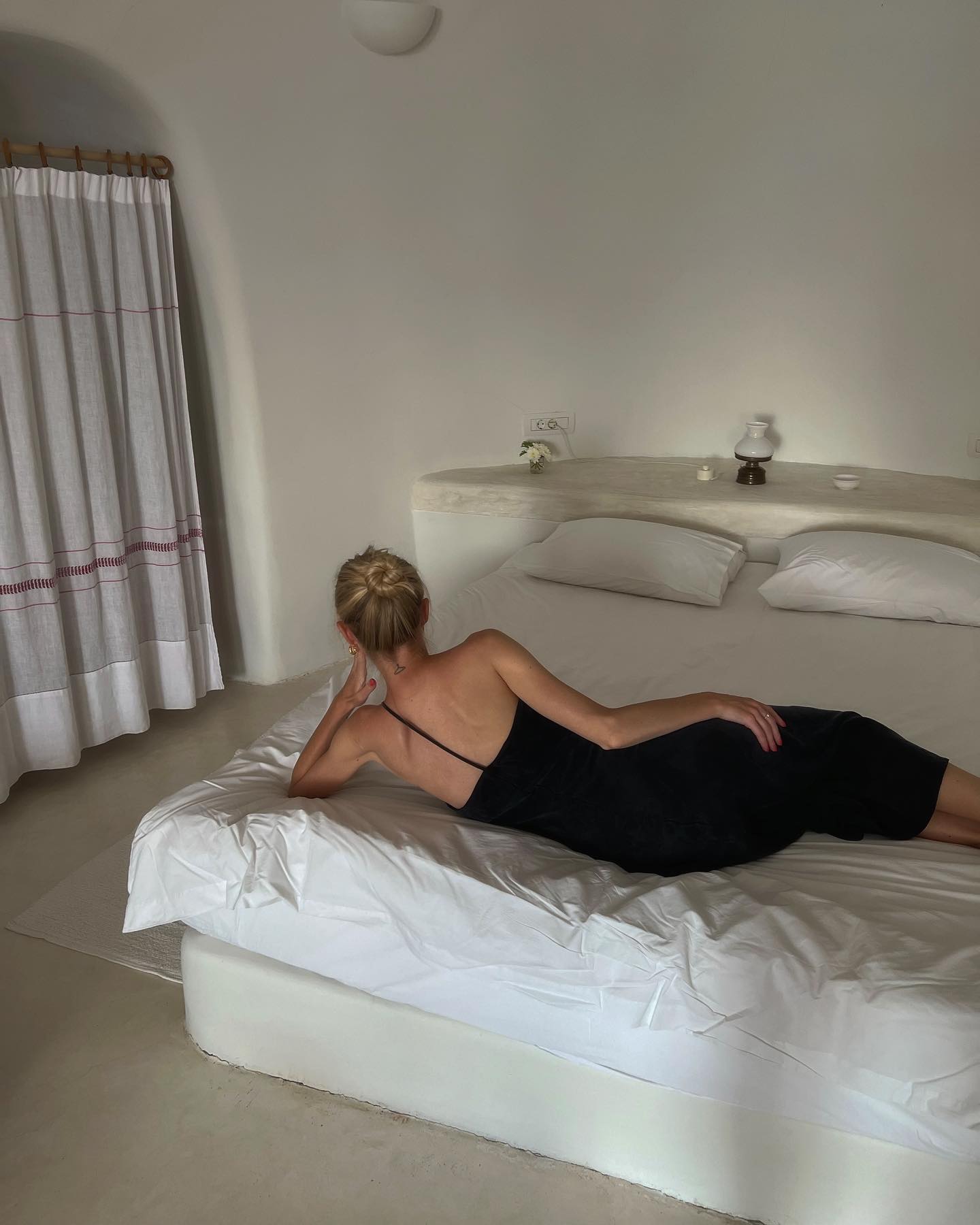
Who is trap Botox best suited for?
If you're constantly massaging tough shoulders or want them to shrink a bit, you might want to consider trap Botox. "Anyone with built-up tension [or] hypertrophied trapezius muscles with a fuller posterior neck is a great candidate," says Shafer.
Are there any risks or drawbacks to trap Botox?
As with any injectable, you should see an experienced injector for trap Botox. "The experience of the injector is important for precise injections with proper dosing," says Shafer. "In inexperienced hands, the treatment may not be as effective, and overzealous injections may lead to neck or shoulder weakness." Keep in mind that trap Botox is an off-label use for Botox, but it's getting more and more popular.
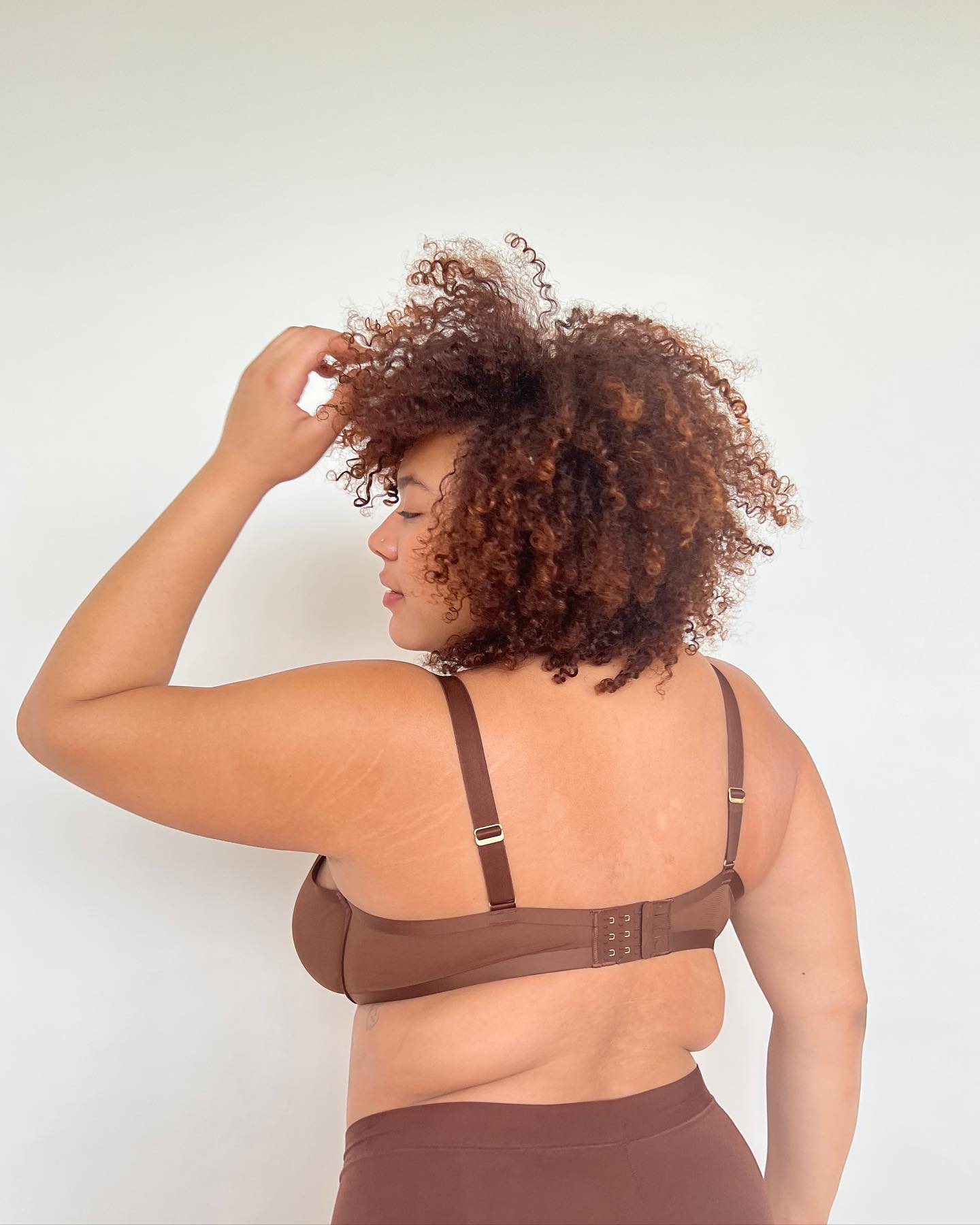
What should someone expect after getting trap Botox?
Shafer says that Botox generally is widely well tolerated and comes with minimal chance of side effects. This is partially because of the size of the needle—it's tiny! Smaller needles mean a smaller chance of pain, bruising, or swelling.
As for when you can expect to see results, it won't be immediate. "The results may take a week or two to show, as it's not an immediate effect," says Shafer. "The results will last three to five months, and most people have repeat injections every four months. If a patient does not wish to continue the treatments, they will return to baseline over three to five months as the Botox wears off."

How much does trap Botox cost?
Keep in mind that trap Botox isn't a cheap endeavor. "Botox is generally sold by unit, and treating the trapezius muscles generally takes 50 to 100 units of Botox," says Shafer. "The cost depends on who is injecting it and geographical differences in pricing. However, patients can expect to pay between $1000 and $3000 for this treatment."
If shelling out rent money to ease your trap muscles isn't in the cards for you, keep reading for some at-home cures for shoulder pain that you can try instead.
This story was originally published at an earlier date and has since been updated.
Prior to her time at Who What Wear, Katie Berohn worked as the beauty assistant for Good Housekeeping, Woman's Day, and Prevention magazines, all part of the Hearst Lifestyle Group. She graduated from the University of Colorado, Boulder, with a major in journalism and minor in technology, arts, and media, and earned her master's degree at NYU's graduate program for magazine journalism. In addition, Katie has held editorial internships at Denver Life magazine, Yoga Journal, and Cosmopolitan; a digital editorial internship at New York magazine's The Cut; a social good fellowship at Mashable; and a freelance role at HelloGiggles.




